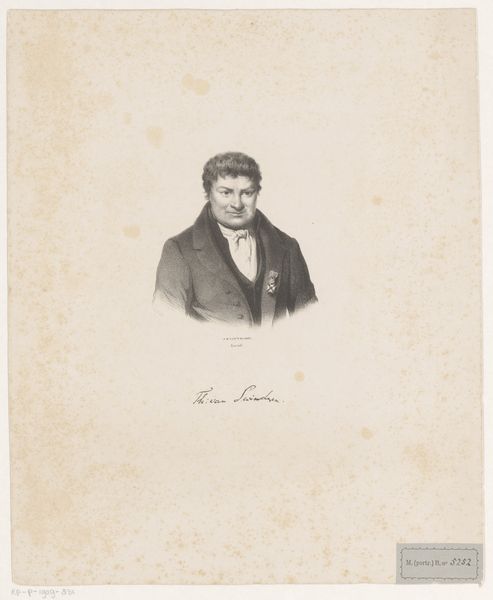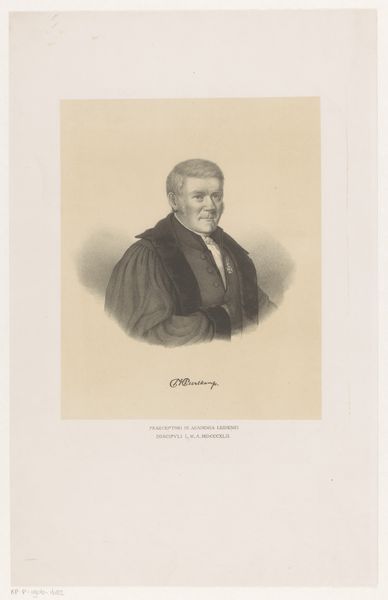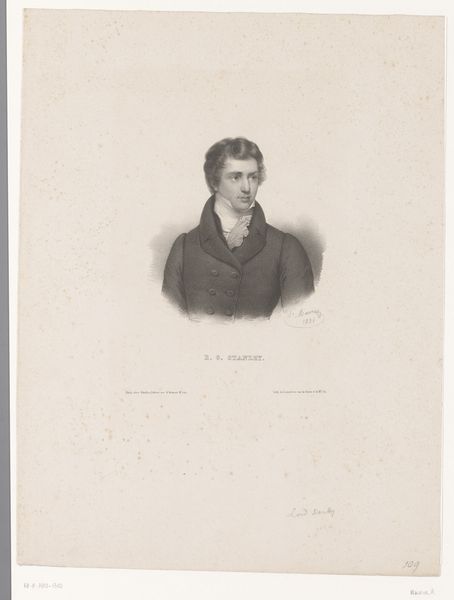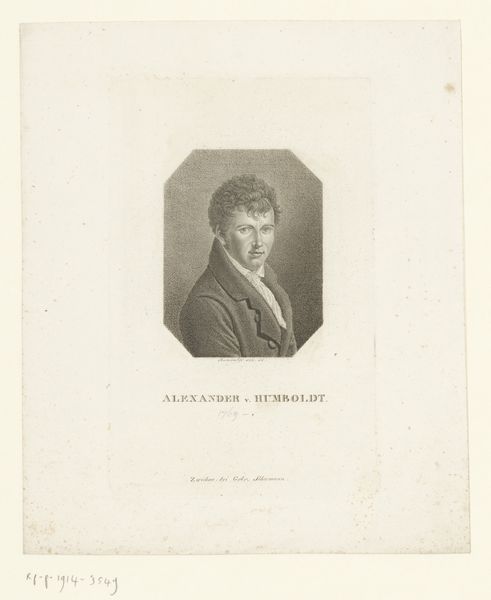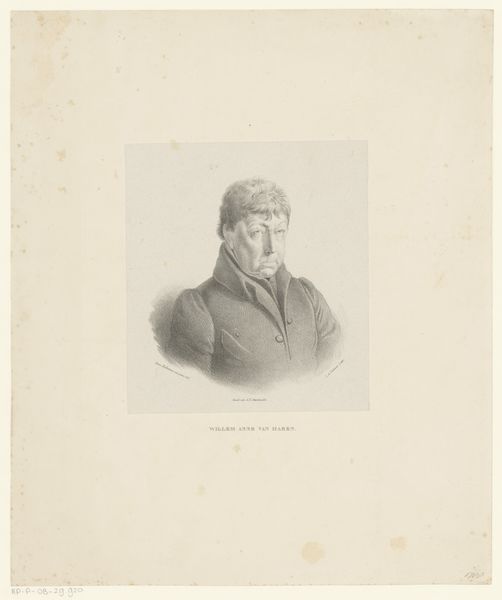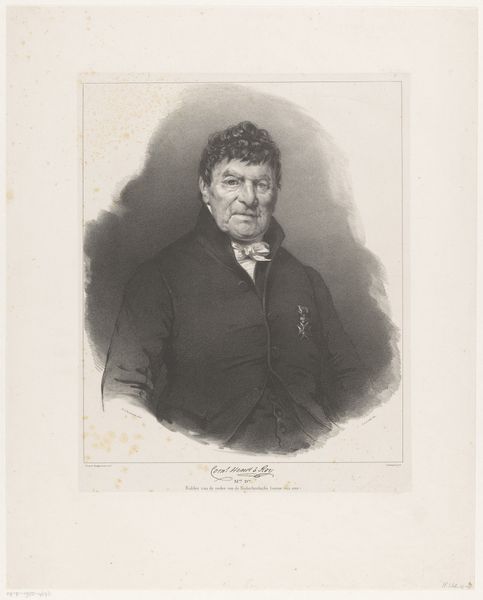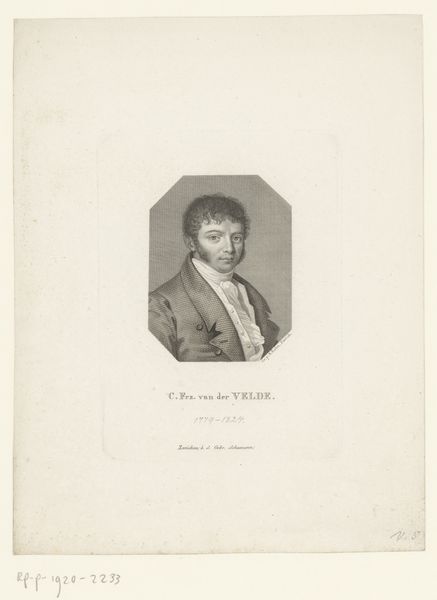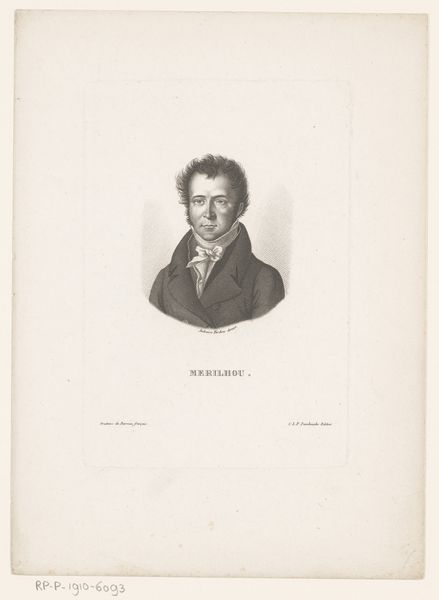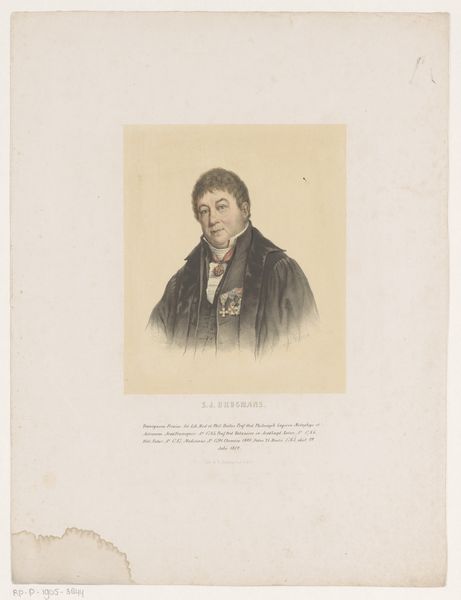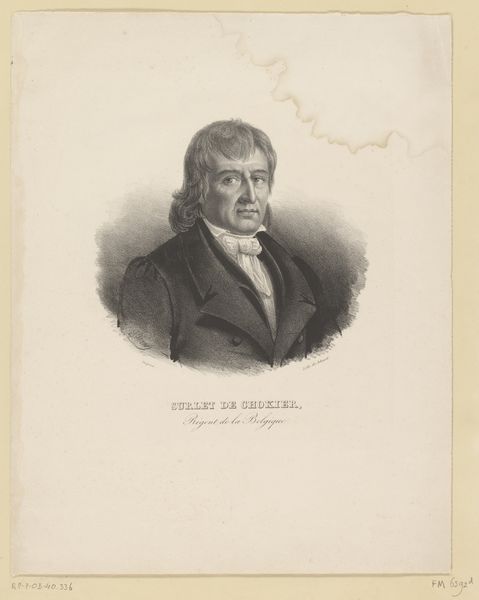
engraving
#
portrait
#
engraving
#
realism
Dimensions: height 564 mm, width 369 mm
Copyright: Rijks Museum: Open Domain
Editor: So, this is Cornelis Bernardus Buijs' engraving, "Portret van Theodorus van Swinderen," dating from around 1844. The subject looks rather stern, almost confrontational. It’s an intense gaze. What’s your take? Curator: You’re right; he does have a rather unwavering stare! I think there's something deeply compelling about the directness in early portraits like this. You see, back then, the idea wasn’t so much to flatter, but to document. Perhaps that perceived sternness is simply honesty, unfiltered by modern posing and artifice. Makes you wonder what he was really like, doesn't it? What stories were behind that face? Editor: Definitely makes you curious! I wonder if he was actually a friendly person and Buijs just wasn't that concerned with painting him sympathetically, you know? Did this style of straightforward portraiture influence later movements? Curator: Absolutely. Realism as an art movement built its foundation upon honesty and authenticity like we see here, rejecting idealized notions in favour of portraying things just as they were. Think Courbet or Millet a bit later on. This van Swinderen becomes almost like a pre-cursor, in a way – laying the groundwork, asking, "What if we just…showed it like it *is*?” Even the medium – engraving – lends itself to that honesty. Editor: It’s like a mission statement in lines and shading! That's a really interesting way to frame it. Now, looking at this portrait I see it with new eyes. Curator: Exactly! Isn't it remarkable how context and a little perspective can totally transform an artwork?
Comments
No comments
Be the first to comment and join the conversation on the ultimate creative platform.
